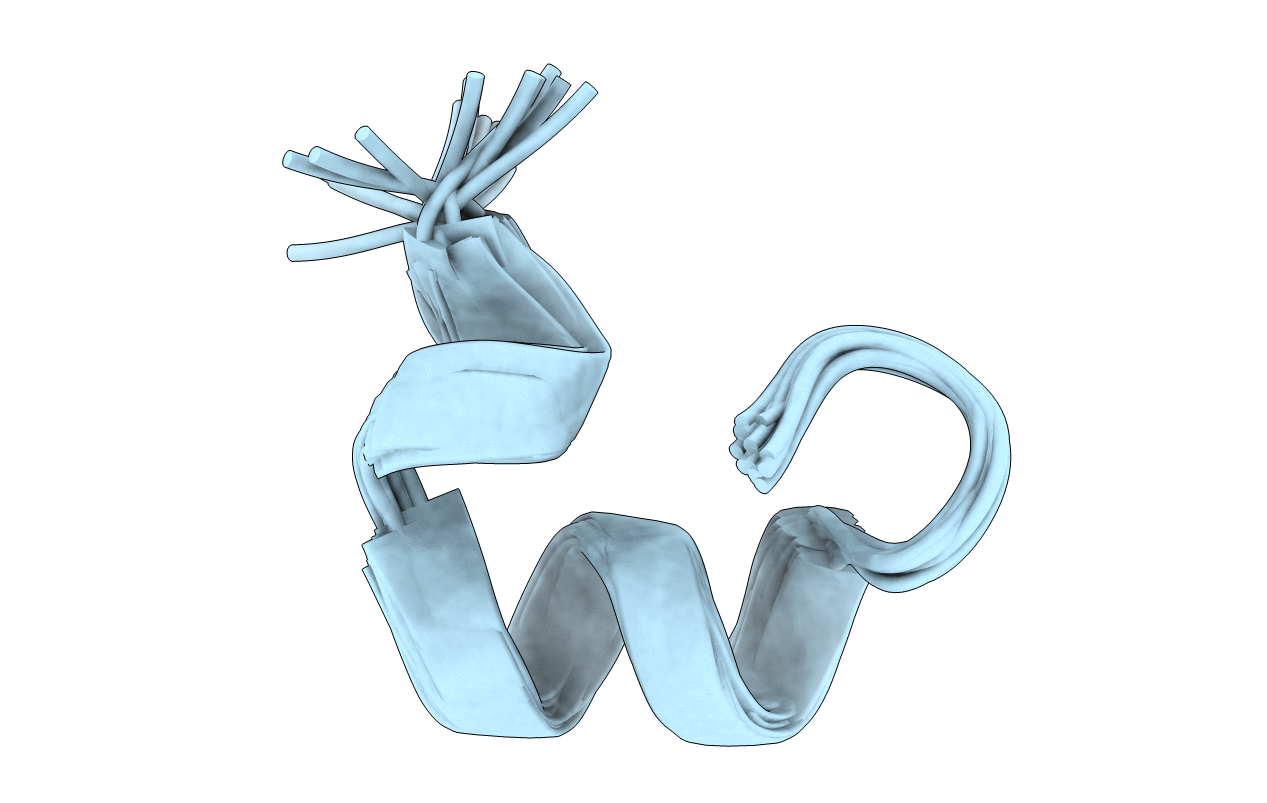
Deposition Date
2021-05-28
Release Date
2021-11-17
Last Version Date
2024-11-20
Method Details:
Experimental Method:
Conformers Calculated:
50
Conformers Submitted:
20
Selection Criteria:
structures with the lowest energy


